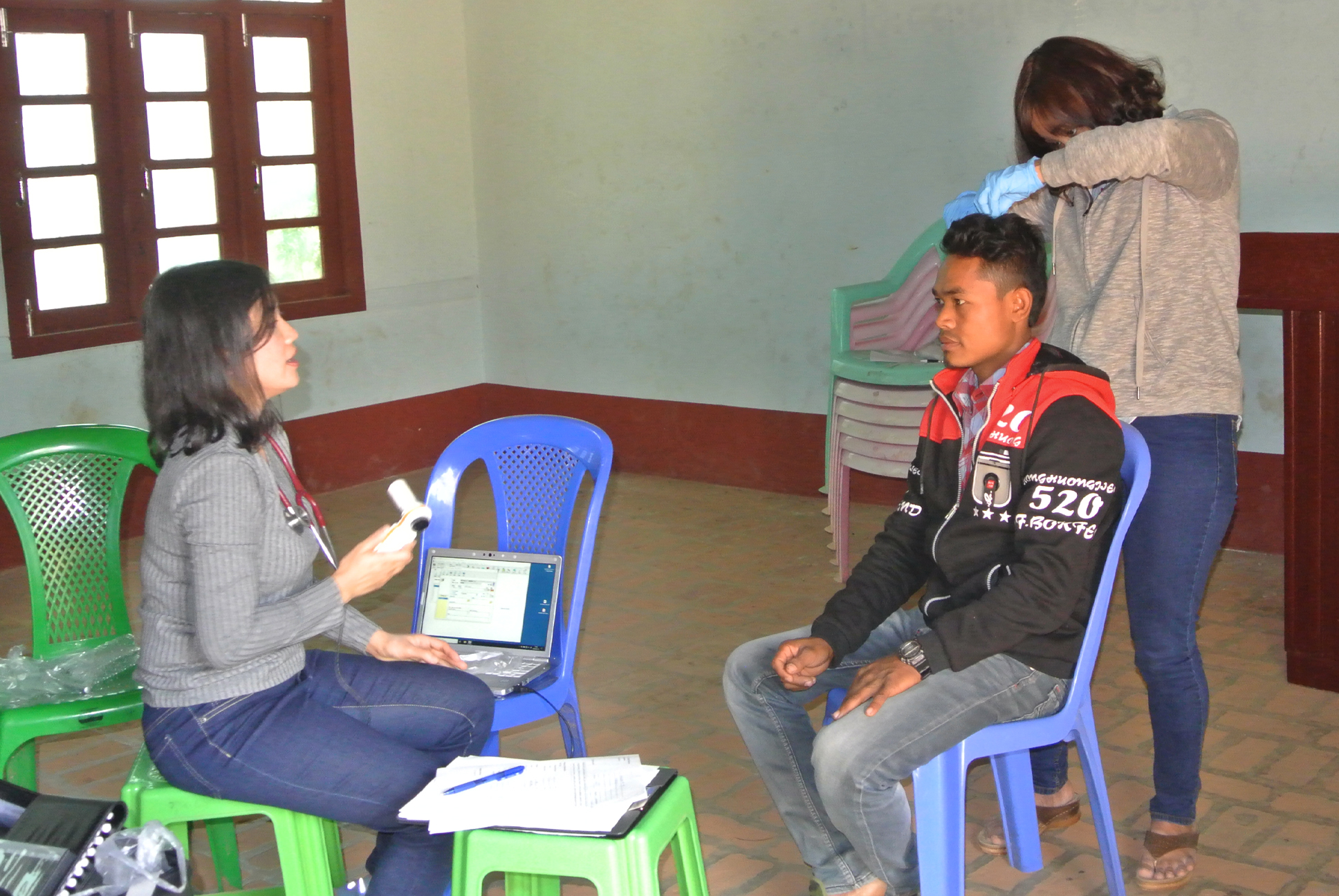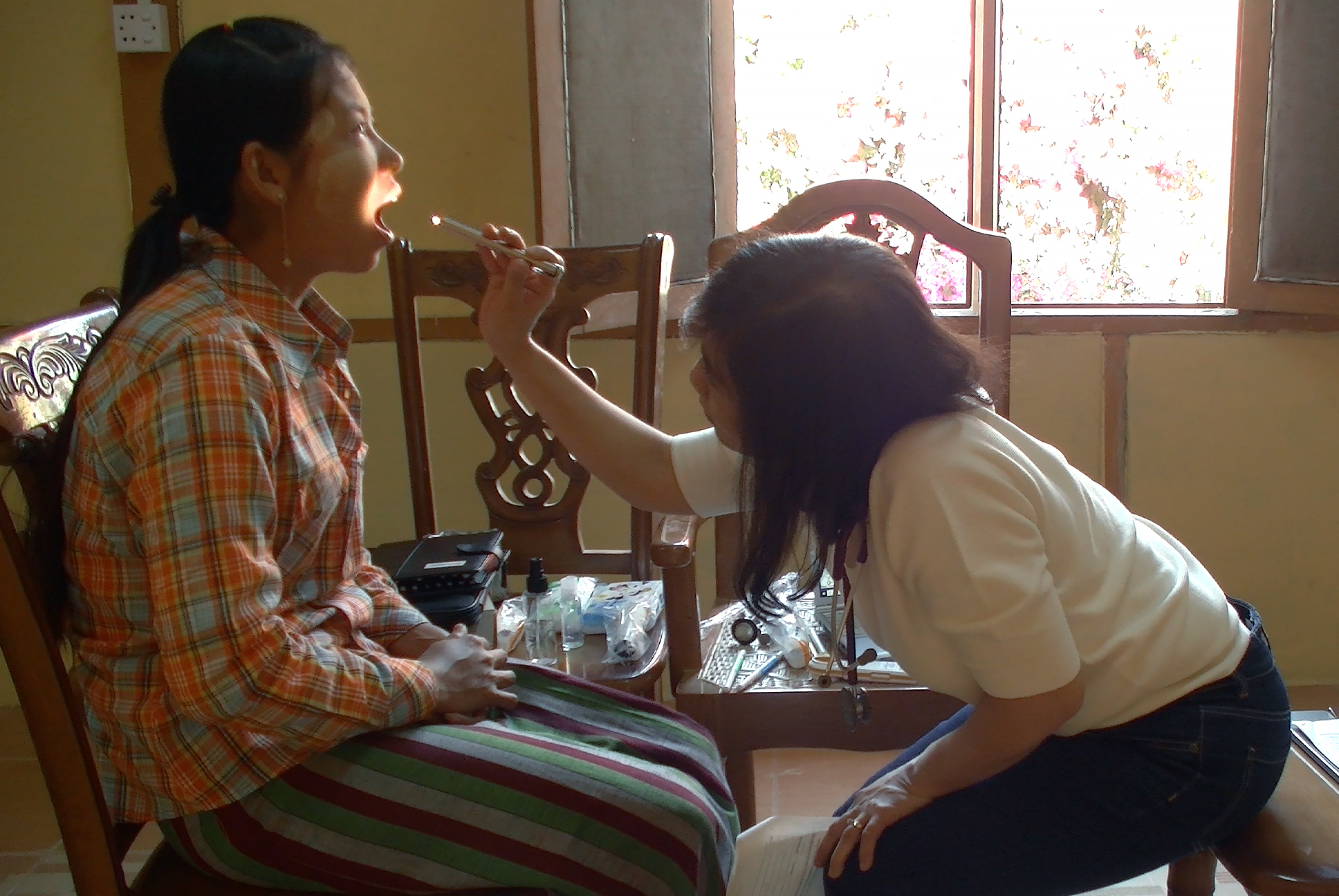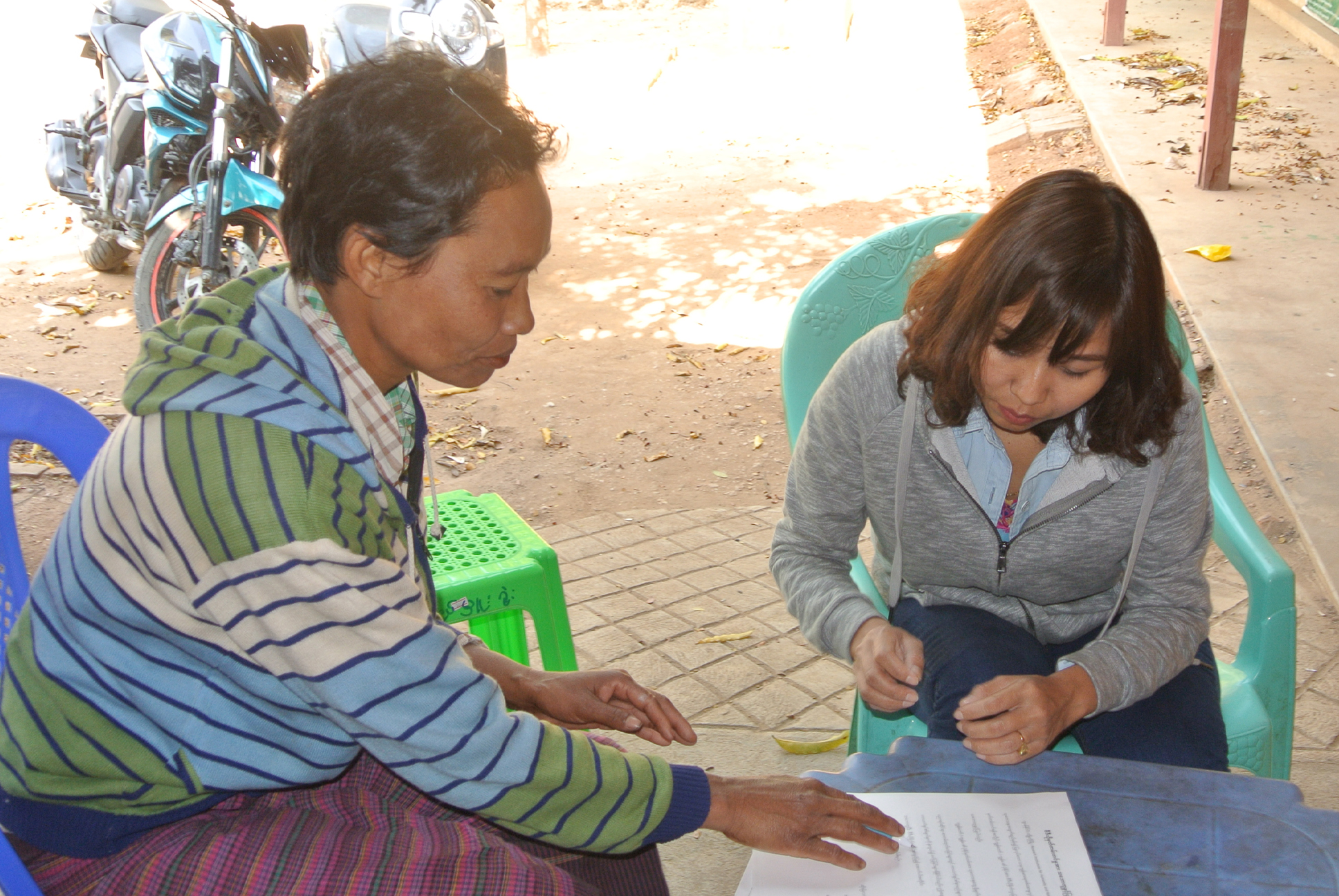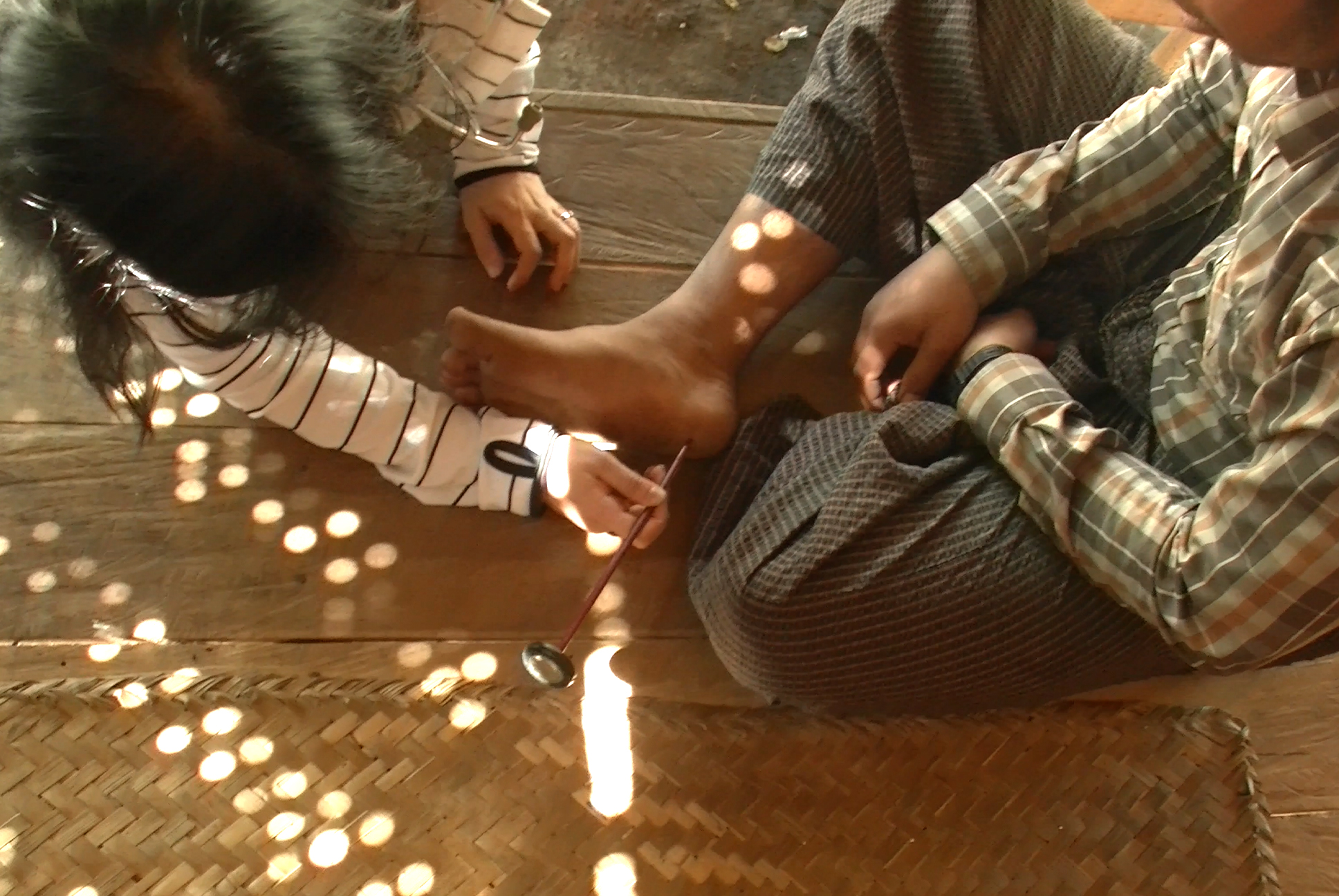Artisanal and small-scale gold mining (ASGM) has been practiced in Myanmar as a low-income-driven livelihood choice because of the advantages it offers such as the little requirement for investments, technological skill, or education. And, it has been known that mercury (Hg) has been applied in ASGM activity in Myanmar to retrieve the gold despite its harmful effect on both environment and human health including the impairment of respiratory, nervous, and immune systems.
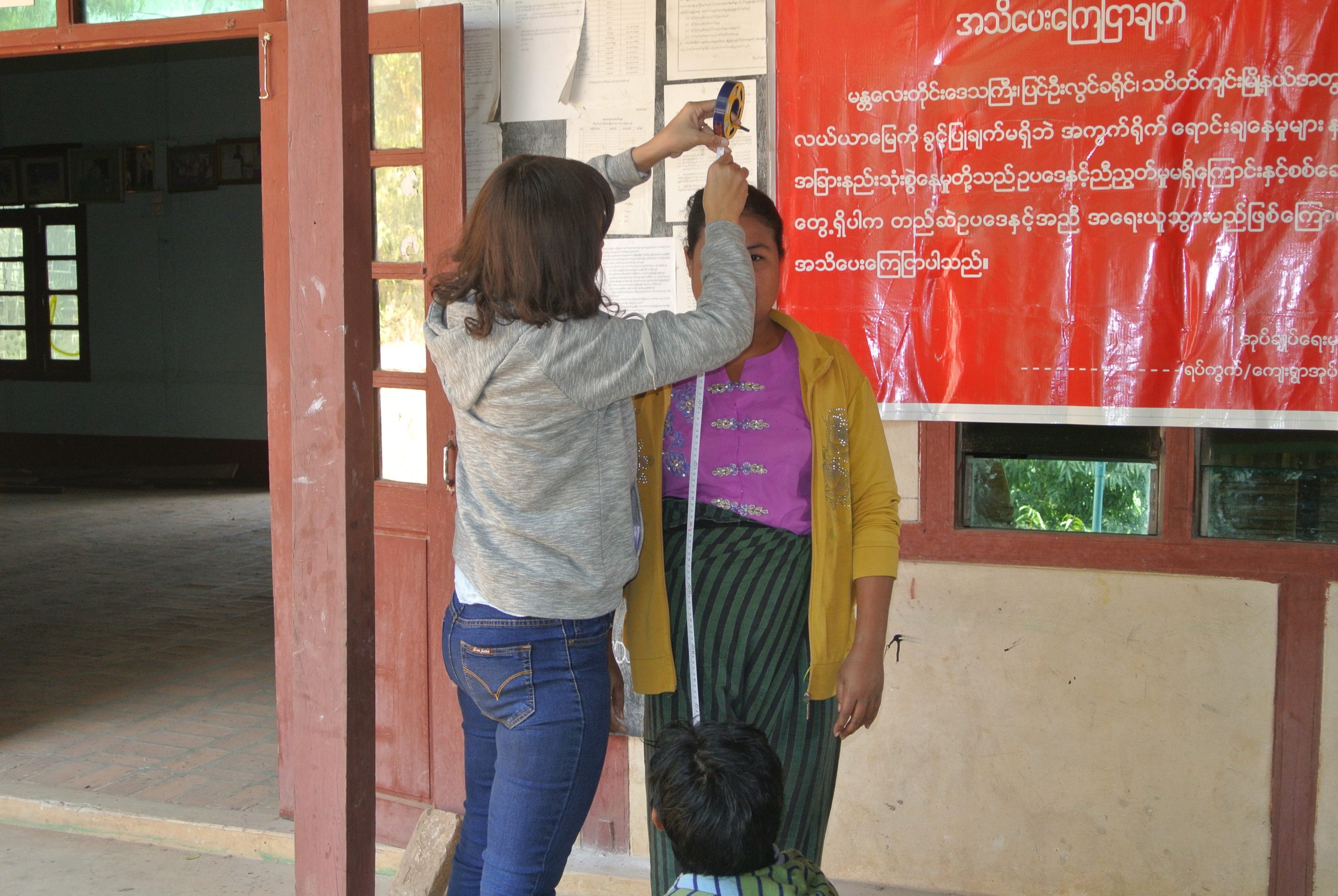
In February 2020, SRIREP Project conducted the first preliminary clinical survey of the ASGM community of Myanmar in collaboration with Environmental Conservation Department (ECD), Ministry of Natural Resources and Environmental Conservation (Myanmar) in order to evaluate the health condition of the community especially the Hg intoxication.
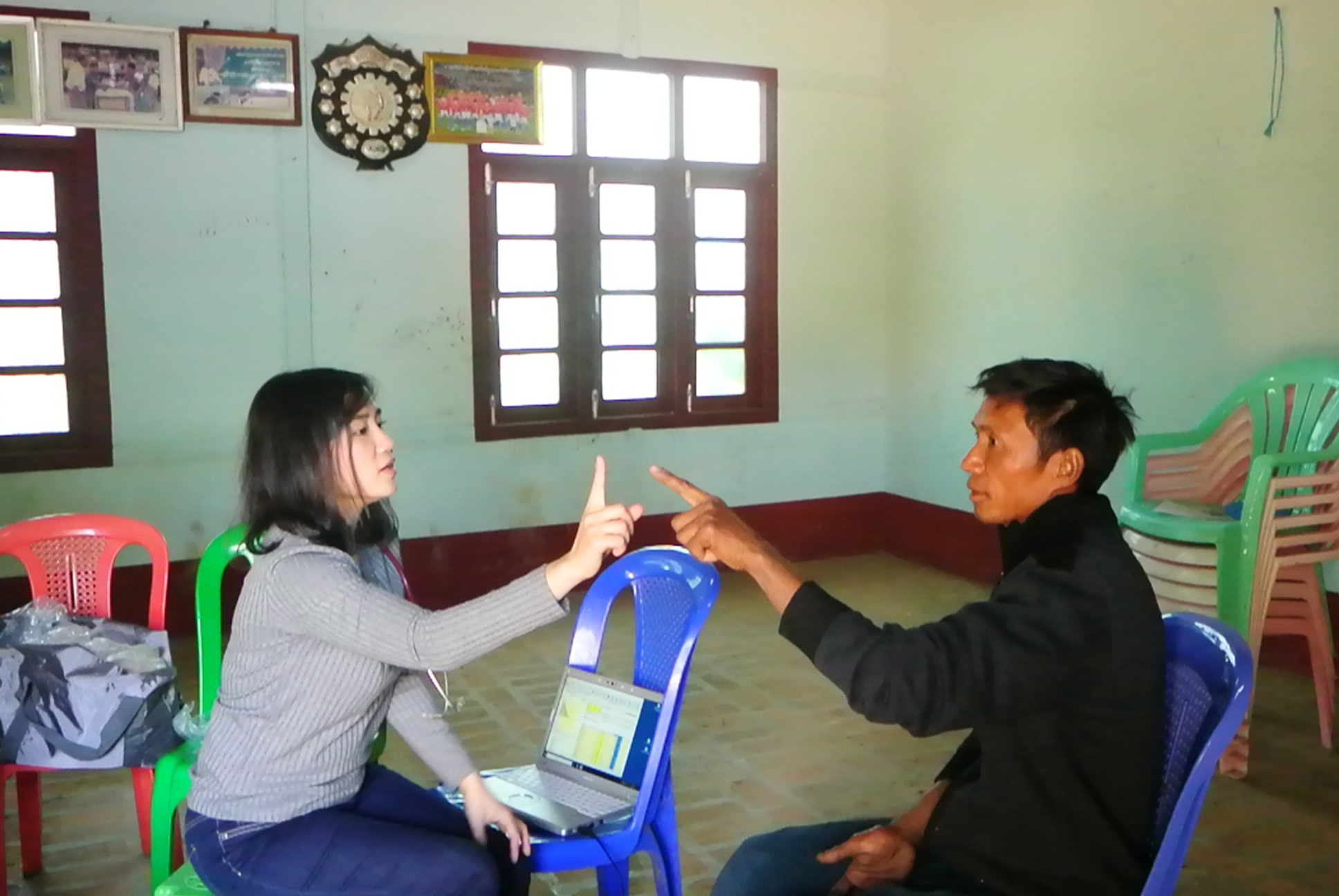
The study area is Chaung Gyi Village, Thabeikkyin Township, Mandalay Region of Myanmar where ASGM is practiced abundantly by either formal or informal operations by individuals or family business.
As the respiratory system is the most susceptible system to the exposure of Hg through the inhalation of Hg vapor emitted during the ASGM process, the respiratory function of the ASGM community was evaluated using the portable spirometer, and neurological symptoms of Hg intoxication was also assessed. Moreover, the analysis of Hg and other heavy metals contents of the community’s hair was performed and the correlation of these findings to the health status of the ASGM community was studied.
The result showed that some ASGM miners exhibited the neurological signs and symptoms of chronic Hg intoxication, and the respiratory functions of ASGM miners deteriorated with their increasing duration of mining activity.
This report entitled “Health Impact Assessment of Artisanal and Small-Scale Gold Mining Area in Myanmar, Mandalay Region: Preliminary Research” has been published in the International Journal of Environmental Research and Public Health, Multidisciplinary Digital Publishing Institute (MDPI).
For more information about this research, please visit here to see the full research paper and its results.
